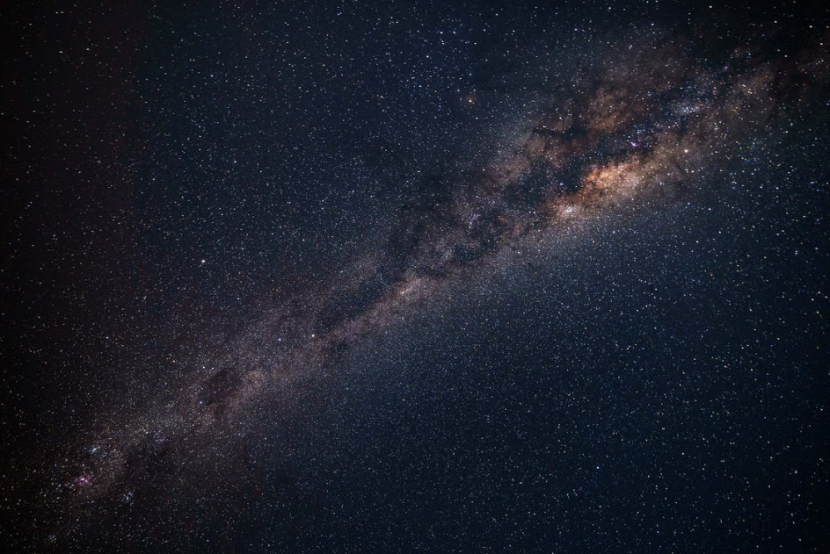
NASA's James Webb Telescope has captured a stunning image of the Cartwheel galaxy located roughly 500 million light-years away that providing astronomers with crucial data to study the rare type of cosmic entity.
The latest image of the space observatory shows the Cartwheel galaxy, which is a ring galaxy that formed when a large spiral galaxy and a small galaxy violently collided. When two galaxies collide, they can change in shape and structure due to the force of the impact.
Rare Cartwheel Galaxy
In the case of the Cartwheel galaxy, which looks a little bit like a wagon wheel, a colorful ring is seen surrounding an even brighter inner ring. Both of which expand away from the heart of the collision, as shown in the Webb image.
The features that astronomers observed are why they categorize the Cartwheel as a ring galaxy, which is much less common than spiral galaxies. Scientists have also gleaned new insights about individual stars and star formation within the chaotic galaxy, as well as the black hole at the galactic center, as a result of Webb's capabilities, as per CNN.
Furthermore, the new image reveals more about how the particular galaxy has evolved over billions of years. Among the hot dust in the bright inner ring, giant young clusters of stars can be seen forming.
On the other hand, the outer ring has been expanding for 440 million years, and it is where star formation and star death (in the form of supernova explosions) occur. As the ring continues to expand, it collides with gas, which triggers more stars to form.
Read Also: Astrophysicists Propose More Insights About Life Stages of Supermassive Black Holes Based on Study
According to the Times of Israel, the Hubble Telescope previously captured images of the rare ring galaxy. But it was not until the James Webb Telescope that astronomers were able to capture an even clearer image of the galaxy.
James Webb Telescope's Capabilities
NASA and the ESA said that Webb's ability to detect infrared light allowed it to see through the "tremendous amount of hot dust" that obscured the view of the Cartwheel Galaxy. The telescope was also able to detect regions rich in hydrocarbons and other chemicals, as well as dust that is similar to dust on our planet.
Astronomers were able to see two smaller galaxies shining brightly behind the Cartwheel Galaxy while even more can be seen behind them. The space agencies noted that the observations show that the galaxy is still in a "very transitory stage."
Officials added, "While Webb gives us a snapshot of the current state of the Cartwheel, it also provides insight into what happened to this galaxy in the past and how it will evolve in the future."
NASA said that the NIRCam also reveals the difference between the smooth distribution or shape of the older star populations and dense dust in the core compared to the clumpy shapes associated with the younger star populations outside of the galaxy.
The space agency noted that the observations underscore that the Cartwheel is in a very transitory stage. It was presumably a normal spiral galaxy like the Milky Way before it collided with another. They noted that it would continue to transform for years to come, Fox News reported.
Related Article:
Astronomers Discover Oldest Distribution of Dark Matter Around Galaxies 12 Billion Years Ago
© 2025 HNGN, All rights reserved. Do not reproduce without permission.








